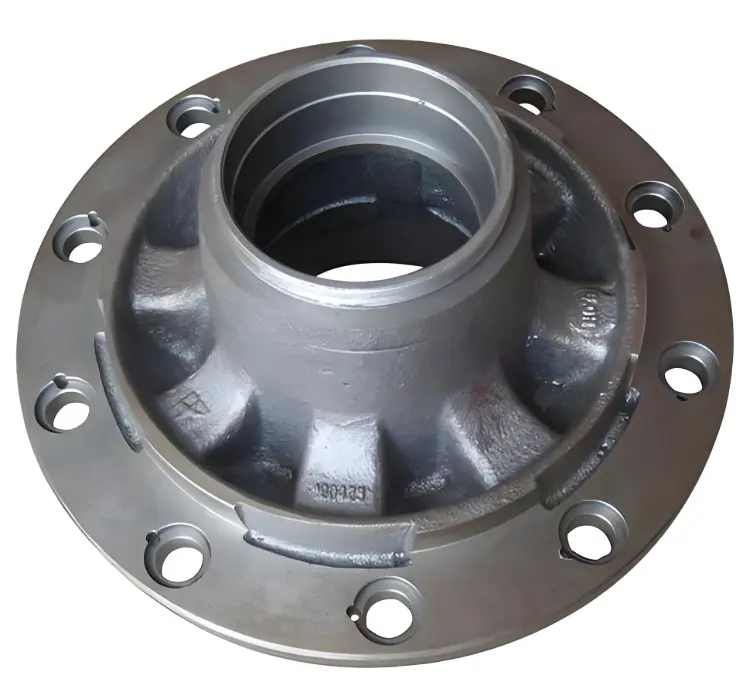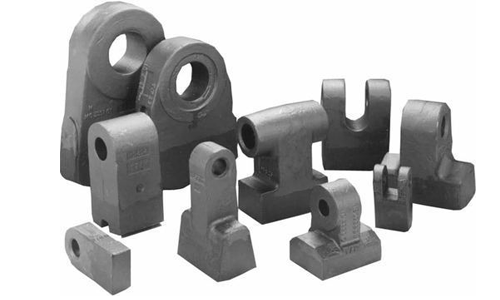High carbon steel castings is as steel with a carbon content of about 0.6% to 1.0% or more, high hardness and strength, reduced ductility. This steel is important in modern manufacturing and engineering and can be used in applications that require wear resistance and high load-bearing capacity.
The high carbon content makes it have the characteristics of high hardness and wear resistance. After heat treatment, the hardness of high carbon steel can be further increased to HRC60-65. It is a material for manufacturing parts requiring high hardness and wear resistance.
In the annealed state, high carbon steel has moderate hardness, good machinability, and is easy to be processed into various shapes and sizes.
Poor thermal hardness of carbon steel castings :
When the working temperature exceeds 200℃, the hardness and wear resistance of high carbon steel will drop sharply, limiting its application in high temperature environments.
Low hardenability:
High carbon steel is prone to cracking during water quenching, and the fully hardened thickness is limited during oil quenching, and it is easy to deform and crack, so the heat treatment process needs to be precisely controlled.
Tooling :
High carbon steel is often used to manufacture common tools such as knives, molds, hammers, and crowbars. These tools require high hardness and wear resistance to maintain their service life and performance.
Cutting tools:
Cutting tools such as drills, taps, and reamers are also often made of high carbon steel. These tools need to withstand greater friction and wear during the cutting process, so the material is required to have high hardness and wear resistance.
Spring manufacturing:
High carbon steel used in the manufacture of springs. Springs need to have good elasticity and fatigue strength to withstand repeated stretching and compression.
In summary, high carbon steel is widely used in many fields due to its high hardness and wear resistance. However, due to its shortcomings such as poor hot hardness, low hardenability and relatively poor toughness, special attention should be paid to controlling the heat treatment process and avoiding excessive shock and vibration when using it. At the same time, additional protective measures are required to prevent rust.
Through years of experience in cooperation with customers, we believe that the brittleness, weldability and corrosion resistance of high carbon steel should be fully considered when using it. We recommend optimizing its application in the following areas:
1. Combination of material selection and process: fully evaluate the working environment and mechanical requirements of the parts in the material selection stage, and select the most appropriate heat treatment.
2. Processing and subsequent treatment: provide customers with optimized processing solutions. For example, local hardening or coating treatment. To improve the performance of parts.
3. Matching application scenarios: Suitable for extreme use environments. It is recommended to use special surface treatment or composite materials on the surface of high carbon steel.





